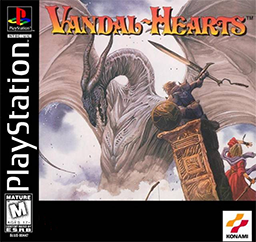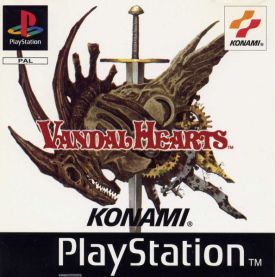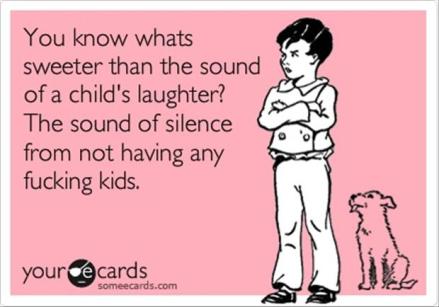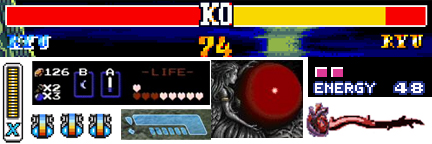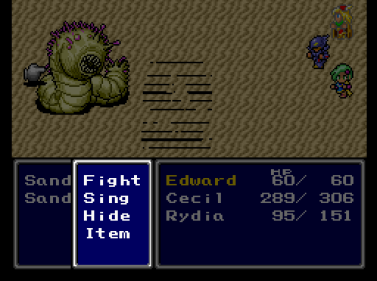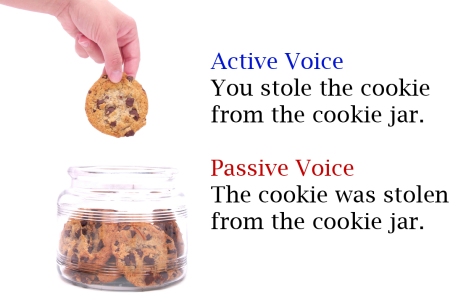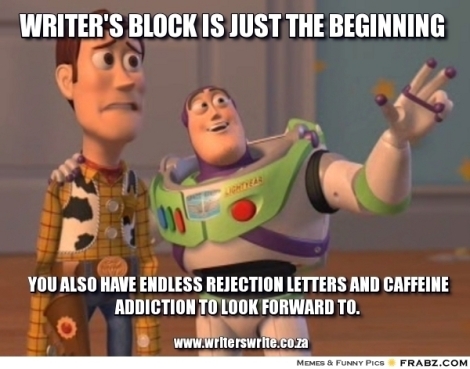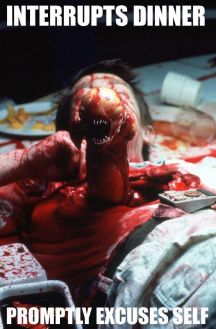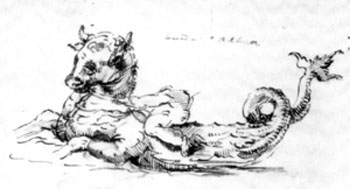I’ve been absent from social media for a while now.
To say “I’ve been busy” would be a watered-down, unscrupulously typical excuse as given by the majority of people who call themselves writers. I’ve come to loathe the phrase, both in part for that nasty connotation that writing communities assign to such a term, and the blaseity of such lazy, undescriptive vernacular for “I don’t want to tell you [why].”
The same goes for “free time.” What the hell is that?

Thus, this is an attempt at describing what’s been happening.
First and foremost, a little backstory to those new to my blog, my life, my story.
I live and work in Sai Gon, Viet Nam, where for the last two years I’ve been teaching English as a Foreign Language. While I’ve been technically teaching EFL for about six years total, it was in Viet Nam where I first started handling large classes – and where I both found the opportunity and personal wherewithal to strike out on my own.
I started off teaching classes in my living room. Then moved on to rent a classroom. Fast forward about a year, and here I am renting multiple rooms, with a small team of about seven people, most of them teachers, plus an intern.
Having had some freelancer experience as an editor and occasional English tutor in New York, the idea of being independent (as opposed to working in some corporation – been there, done that) is not all that new to me. I’ll write some sort of inspirational-yet-down-to-earth origin story some other time.

So after enough time and enough confidence, capital and allies gathered, we launched Triangle Education in March of 2016.
It’s been an emotional and stressful roller coaster ever since, layered atop the preexisting roller coaster of stresses and emotions that come with living in a foreign country on the other side of the planet. And not for the typical reasons you’d expect to hear any entrepreneur talking about.
Anything you’ve heard about start-ups, any difficulties and issues from managing staff, providing a quality product, and advertising, double the magnitude that difficulty when factoring language barriers, cultural differences, and local, petty corruption – oh the corruption, I’m looking at you, All Of South East Asia – into account.

And for all the stresses, annoyances, hurdles and other clever thesaurus-derived words for “shit that keeps this from being easy,” I’ve gradually watched a change come over myself.
As something of an amateur philosopher, I’d gone through an existential crisis during my first few weeks as a manager and company owner, small as the operation is nowadays (“By what right can I have people working for me? Is there an inherent hierarchy of worth, even among human beings?”). I’ve since come to accept that it’s not about human worth, which in and of itself can be a sticky topic, no, it’s simply about initiative and drive.
It’s also about stepping out of your comfort zone, coming across (or seeking) opportunity, and siezing it.

I’ve likened running a start-up in Sai Gon to babysitting. Managing staff is one thing; providing a good product (quality teaching and interesting material), while ensuring that the marketing efforts are not deceptive – all while teaching – has got my hands so full that it’s been one juggling act after another.
Sai Gon has something of a burgeoning start-up culture, the likes of which I often hear about but have almost never partaken in. Triangle Education was not founded after attending a meeting and convincing some other starry-eyed foreigners looking for “the next big thing.” It wasn’t founded after I conned some rich guy to fund my idea. I’ll write another article concerning my distaste for the word term “start-up.”
In any case, babysitting – I mean, leadership – comes as a result of a few very simple, yet crucial factors, not least of which the fact that I cannot trust anyone else to supervise the operation for an extended period of time. If I’m not there making sure something is being done correctly, something always goes wrong, whether it’s installing TV-stands into the walls (they drilled holes in the corner), getting vertical banners printed (the mobile stands for said banners don’t fit the prints and are missing pieces), to ordering floor mats and paper cups (local staff didn’t know where to buy them, so they bought plastic instead. I found them on my first stop).
What I’m describing is not limited to my own experience. It falls in line with what I’ve heard other expats express, or hear about, and the things listed keep a lot of other expats from even trying what I’m doing.
Now, I am thoroughly aware of the difference between being a control freak, giving people the opportunity to be responsible, and simply seeing the ineptitude and incompetence of those around you. Everything in Sai Gon is built with the attitude “Good enough for now,” as cheaply and as quickly as possible. Small wonder you see streets cracking and power-and-internet cables embroiled in tangled masses.

Image from here, but I see this shit on most street corners.
If I had to describe what I’ve seen in Viet Nam in a single, all-encompassing word, it would be incompetence [ bất tài ], from the government to law-enforcement to construction to business management to corporate policy to restaurant service (let alone the food itself) down to layman’s tasks like ordering godsdamn paper cups.
But one must bear in mind the circumstances — most of the people I meet come from rural farms, or their parents did, and things westerners consider to be “polite” or within the sacred confines of “etiquette” are lost on them. Quality is as foreign a thing as blond hair and blue eyes, and as one student once phrased it: “A fish cannot feel the water.”
What he meant was that if one grows up in an environment filled with trash, you don’t notice the trash. This is both literal and figurative.
Yet, for all the griping of the last couple lines, this is not a gripe post. I love what I do, for all the frustration, and it is of my emotional investment that I care so much. I speak to people on the other side of the spectrum every day, those petty locals looking to make a fast buck, and the indifferent expats going about their life without caring much for the students.
It is because I care that I get so worked up sometimes. I ought not demand perfection, but I do have high standards. Trouble is, my idea of standards is so different from that of the people with whom I work that it is quite easy for there to be a miscommunication.
I think I finally understand what leadership is. It came in the form of a quote from Game of Thrones:
“Do you know what leadership means, Lord Snow? It means that the person in charge gets second guessed by every clever little twat with a mouth. But if he starts second guessing himself, that’s the end. For him, for the clever little twats, for everyone…”
Ser Aliser Thorne, S4
I’ll write more on leadership later.
Without listing numbers, I’m in the most financially stable position I’ve been my entire life; a year ago, I had a personal vision of myself, and these days I’ve surpassed my own hopes. For next year, I have a slightly augmented version envisioned, and only time will tell whether I meet that expectation. But the point is that, compared to many years of my sentient life spent lost and wandering (from profession to profession) and essentially hoping for the best (in terms of life), things are looking pretty good.
I do not believe in luck. I believe in chance – the chance that I happened to be born in the time and place, with the skin color I have and the language I speak and nationality printed on my passport, cannot be ignored. But, I’ve met loads of other people born in circumstances akin to my own back in the States, and many more who were born in measurably better circumstances, and they haven’t done a fraction of the things I’ve done.
All this is a long-winded excuse, I suppose, for why I haven’t been doing any (creative) writing. I still dream about my novel, and I’ve written in the past about how I may have falling in love with “writing” as opposed to “having written.” Likely I still stand guilty of this, as even the simple goal of setting aside a minimum of 15 minutes every day to devote to creative writing is still something of a challenge to me.
The layman’s excuse is that I’m too busy, that I’m too preoccupied. I think the harsh truth is that other priorities have arisen, and despite my struggle to maintain writing habits and keep in touch with my writing friends, I’m slowly reaching the conclusion that I really need to set it aside for now.
It’s painful, because I retain habits of the writer mantra, “How can I use this?” and, as a result, I still find a multitude of things utterly fascinating (and worthy of distracting research) at any given moment. I meet people, discover behind-the-scenes machinations of organizations, or simply observe day to day life and I want to write and tell stories based on everything I see.
So I can either write garbage on account of being unable to focus on it, or I’ll garner additional stress from the fact that the thought “I should be writing,” is constantly, constantly in the back of my mind.

I’ve had the underlying goal that part of the reason I’m growing a company – and have my sights on jumping into a new business venture, of which I’ll write in another article – is to free up my life so I can write. After all, being a businessman means you have everyone do work for you, right?
It means that you have loads of free time…right?
I would be a fool to believe that, but only in recent months have I gathered sufficient experience to come to that realization in full.
And yet, creating jobs for people in a developing country, and opening doors for what First-Worlders would call impoverished people, the hunt for opportunity and – more importantly – the ability to seize it when it presents itself, comes with thrills that are unexpectedly satisfying.
And this is just a fraction of my personal life. Meanwhile there are insane environmental scandals happening in Viet Nam that the state-run media is desperate to cover up, there are insane elections happening in my home country, and the current president happened to visit the country and city (!) where I happen to reside not long ago.
Pictured, a comparison of normal traffic vs. Obama traffic at a prominent intersection near my home:

I don’t want to brag or nothin’, but I was one of that large stream of people simply trying to get home through the traffic on the bottom-left.
Then, in a few days after this post, I’m off to see what Bali is like for a week.
I thoroughly look forward to this vacation.


